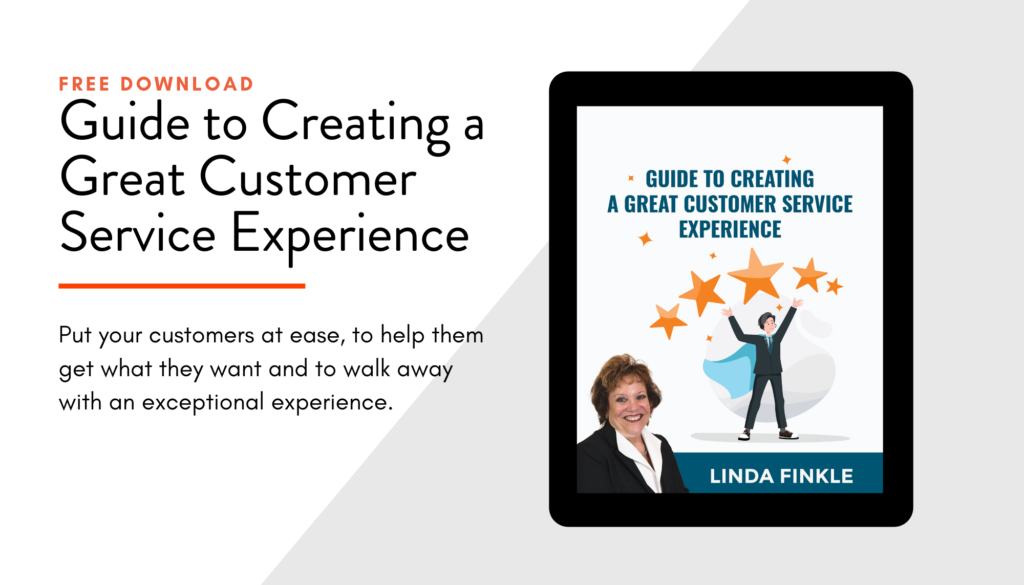Have you ever wondered why customers chose you? More importantly, why are they sticking with you?
If rock-bottom prices are the only reason, then really, there’s not much stopping them from doing business with someone else.
Commoditization, is the phenomenon that drives many a business to the ground, where every product or service is thought of as the same no matter their differences in quality and value provided.
In a commoditized market, businesses compete on price alone.
How can you escape this?
By building customer loyalty— one customer at a time.
Everything changes when you gain a customer’s loyalty. If you were just one in ten businesses offering the same service before, now, they see you as the only provider in that category. When a customer is loyal, the discounts and enticing ads from your competitors won’t matter much to them.
4 Ways to Building Customer Loyalty that Lasts
#1: Learn about Segmentation and How it Applies to Your Customers
Customer segmentation is the organization of customers according to their buying habits—what they buy, how much, and how often. Use this information to anticipate their purchases, so you can offer discounts, add-on services, and other information they might need.
For instance, an office supplies company can send a catalog to the businesses they supply at the time they usually order new supplies.
#2: Give the Best Customers VIP Treatment
People hate waiting. Your biggest customers hate waiting for more.
Why should they have to wait if they’re regular customers who spend more than the average passer-by?
Reward loyal customers and big spenders by giving them a priority queue, a dedicated hotline, or staff to assist them. Other perks like in-store credit, priority seating, VIP lounge, and big purchase discounts also work. The point is to make their waiting time less unpleasant.
#3: Contact Old and One-Off Customers Who Stopped Doing Business with You
Call or email these customers to find out why they stopped buying from you. Don’t say something like, “Hi Mr/Ms. Jones, I was just wondering why you haven’t bought something in a while.”
No! That’s just creepy.
Frame your question in a way that shows you are concerned for them—not just your profit.
Instead of asking why they haven’t purchased anything in a while, ask about their business and last purchase.
Were they satisfied with what they bought?
Are they still using your product or have they found a cheaper alternative?
Calling them might be uncomfortable for you, but it will make for good research.
#4: Invest in a Self-Service Guide: FAQs, Apps, and Online Systems
What’s the one thing customers hate more than waiting? Having to call you—and wait—every time they have a problem!
Customers don’t like calling for minor product glitches, especially if the problem could be solved faster than the turnaround time for you to dispatch someone to help.
But they call you anyway—because you didn’t give them an easier way to solve the problem.
Enter FAQs and self-diagnosing tools.
Compile the most common customer problems and questions, and then write a detailed answer for each. Put up this FAQ on your website and include it in your product’s manual.
If you can, put this FAQ into an app or the customer hotline so people don’t have to wait for an operator every time.
Year-End Review: Customer Loyalty Edition
Since many companies do their year-end review in December, I urge you to add just one more item to your list: customer loyalty.
Who are your most loyal customers? How did they get to be that way?
Analyzing how you turned these people into loyal customers will give you clues for converting the rest of your clientele into your fan base.
Great customer service does not happen by accident
A lack of customer service can turn an unhappy customer into a raving lunatic if you don’t handle the interaction well.
When done right, it can turn them into your best marketing tool.






